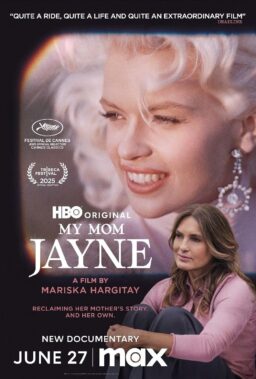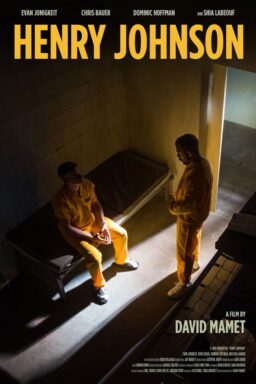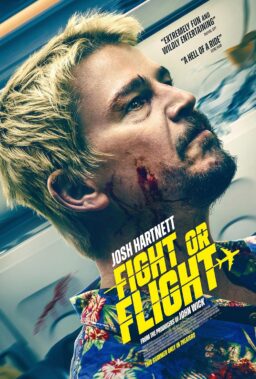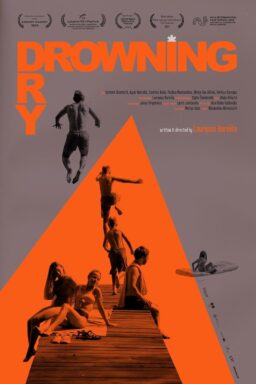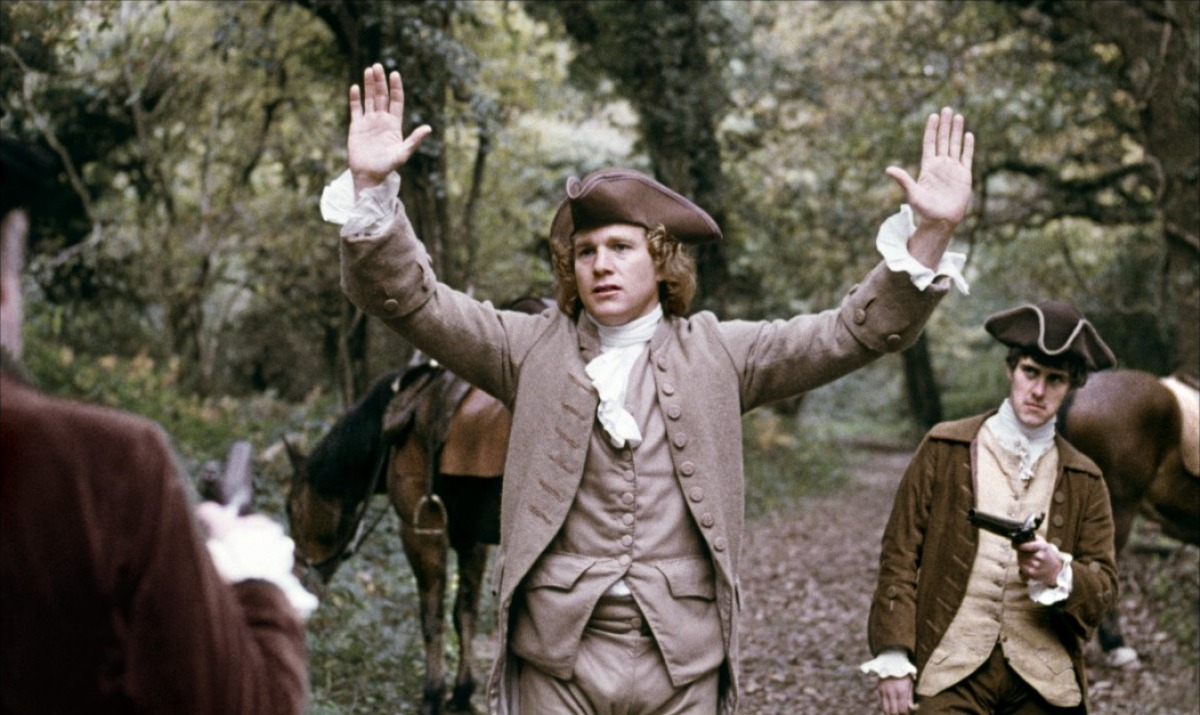
Barry Lyndon
Barry Lyndon Movie Reviews
No reviews found.
Blog Posts That Mention Barry Lyndon

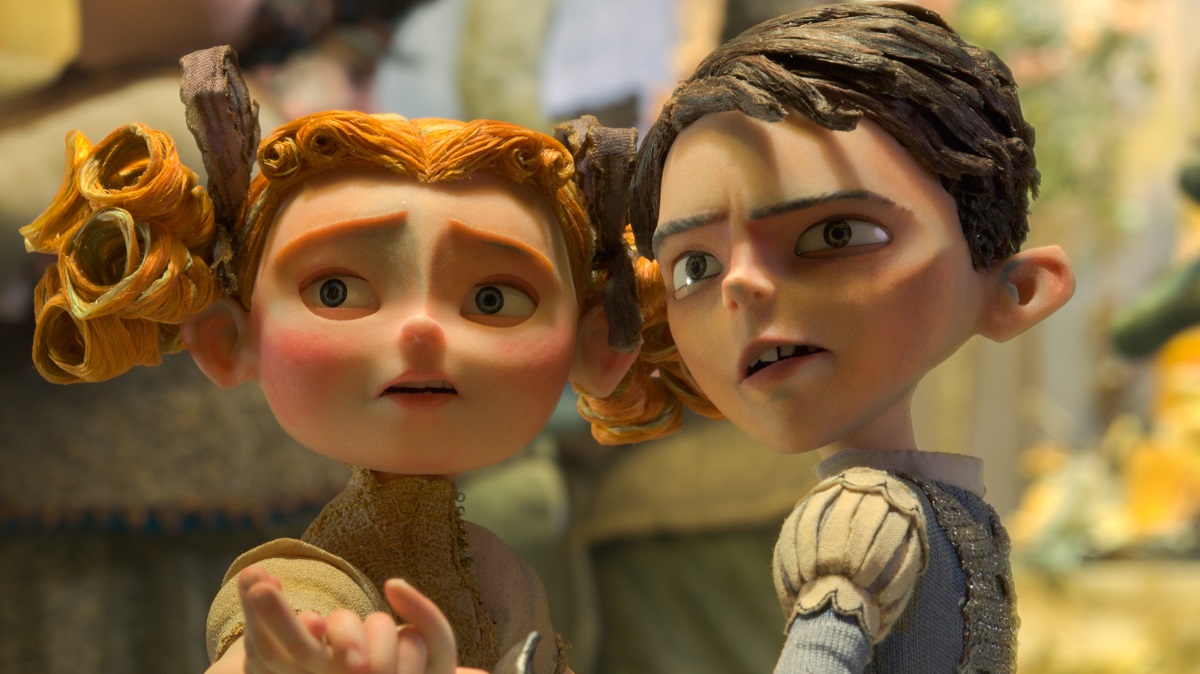
Barry Lyndon with Monsters: The Directors of “The Boxtrolls”
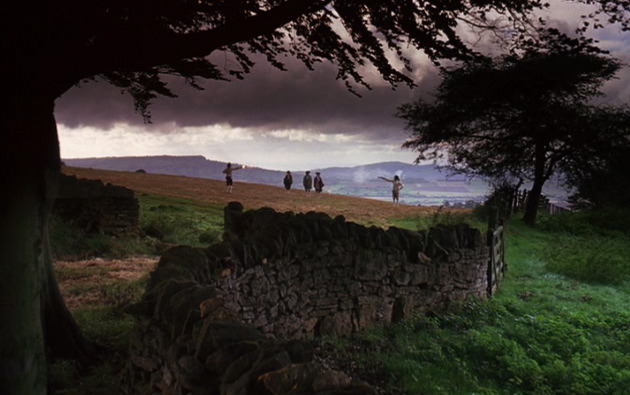
Barry Lyndon and the Cosmic Wager
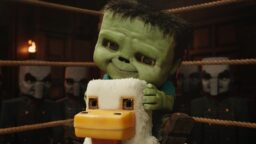
DVD/Blu-Ray Guide July 2025: “A Minecraft Movie,” “Final Destination: Bloodlines,” “The Legend of Ochi,” More
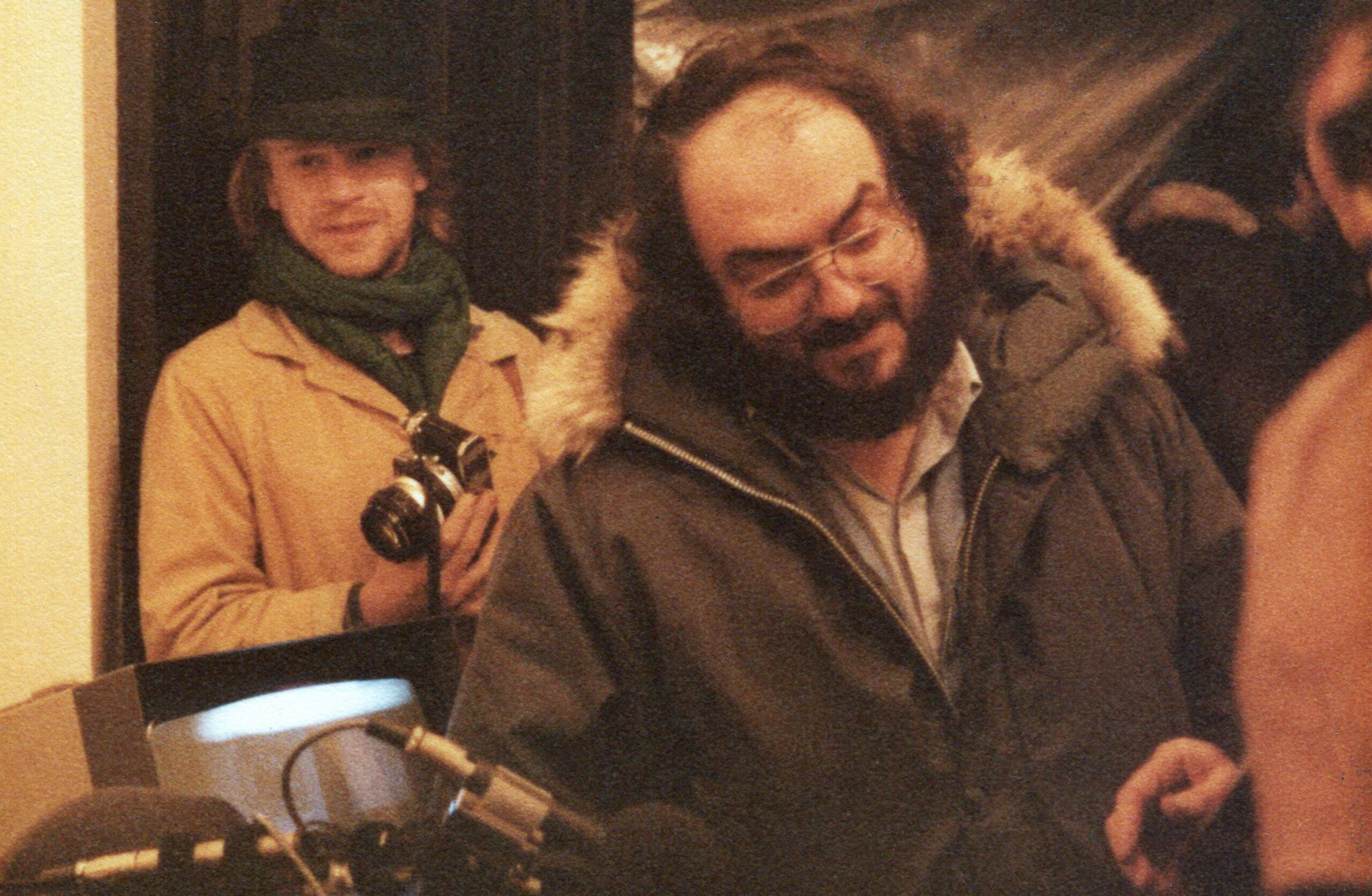
Cannes 2017: Longtime Kubrick Assistant Leon Vitali Recalls Their Collaboration in “Filmworker”
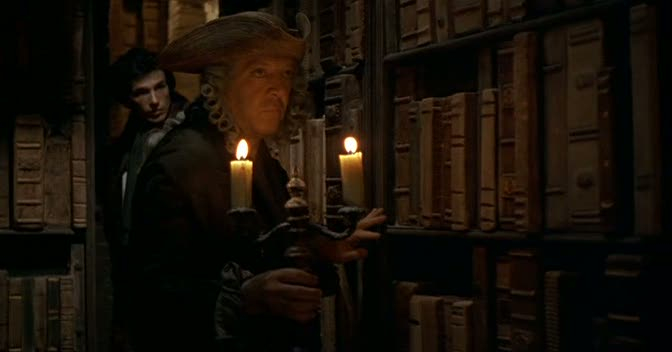
Book Excerpt: Guillermo Del Toro talks about the Best FIlm You’ve Never Seen

Kubrick and the cosmic zoom

Watching movies again. And again…

Moviegoers who feel too much

Opening Shots: ‘Superman,’ ‘Lost in Translation,’ more
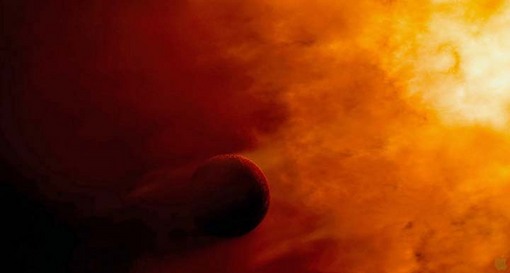
Our Father: The Tree of Life

High rollers and lowlifes
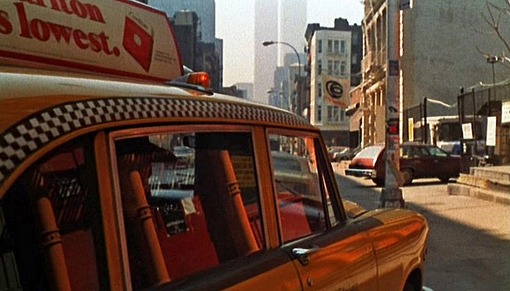
The Return of the Son of the Opening Shots Project, Part 2

TIFF 2007: Brian De Palma on the front lines

Movies 101: Opening Shots Project

Opening Shots: ‘Dazed and Confused’ (and more)

Repeatable pleasures
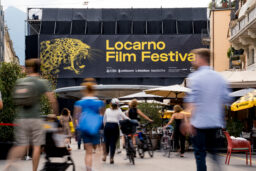
Locarno Film Festival 2025: Preview
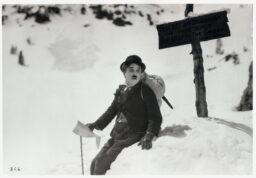
Cannes Film Festival 2025: A Look at the Cannes Classics Program

Criterion Releases Gorgeous Box Set for Their 40th Anniversary
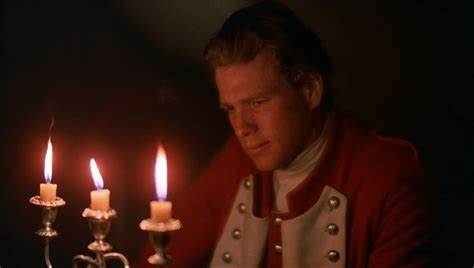
Am I Just Anybody?: Ryan O’Neal (1941-2023)
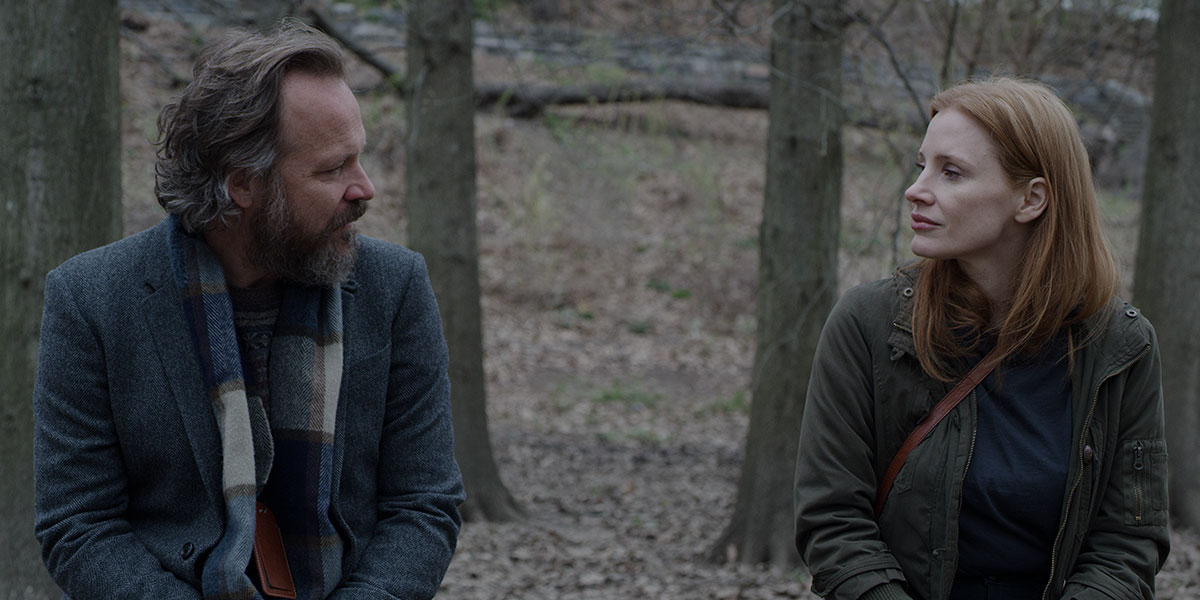
TIFF 2023: Memory, The Promised Land, Origin
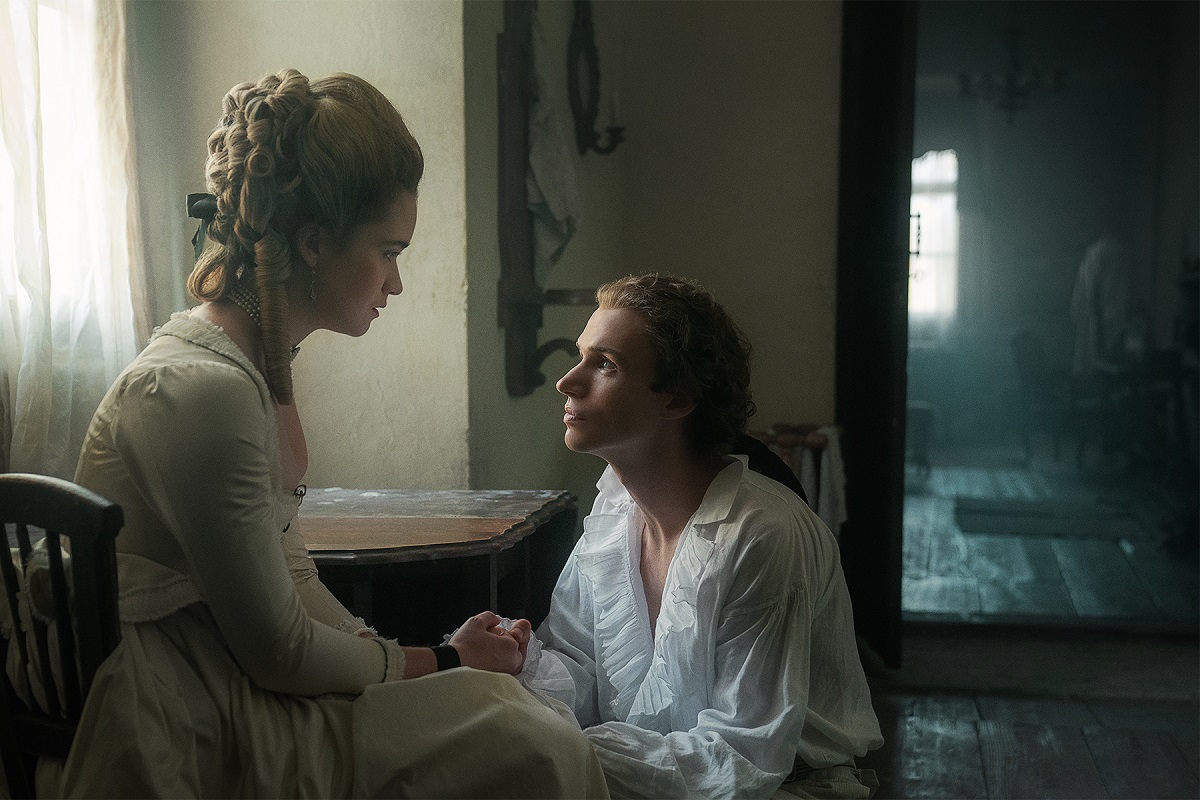
Starz Take on Dangerous Liaisons Lacks Creative Passion
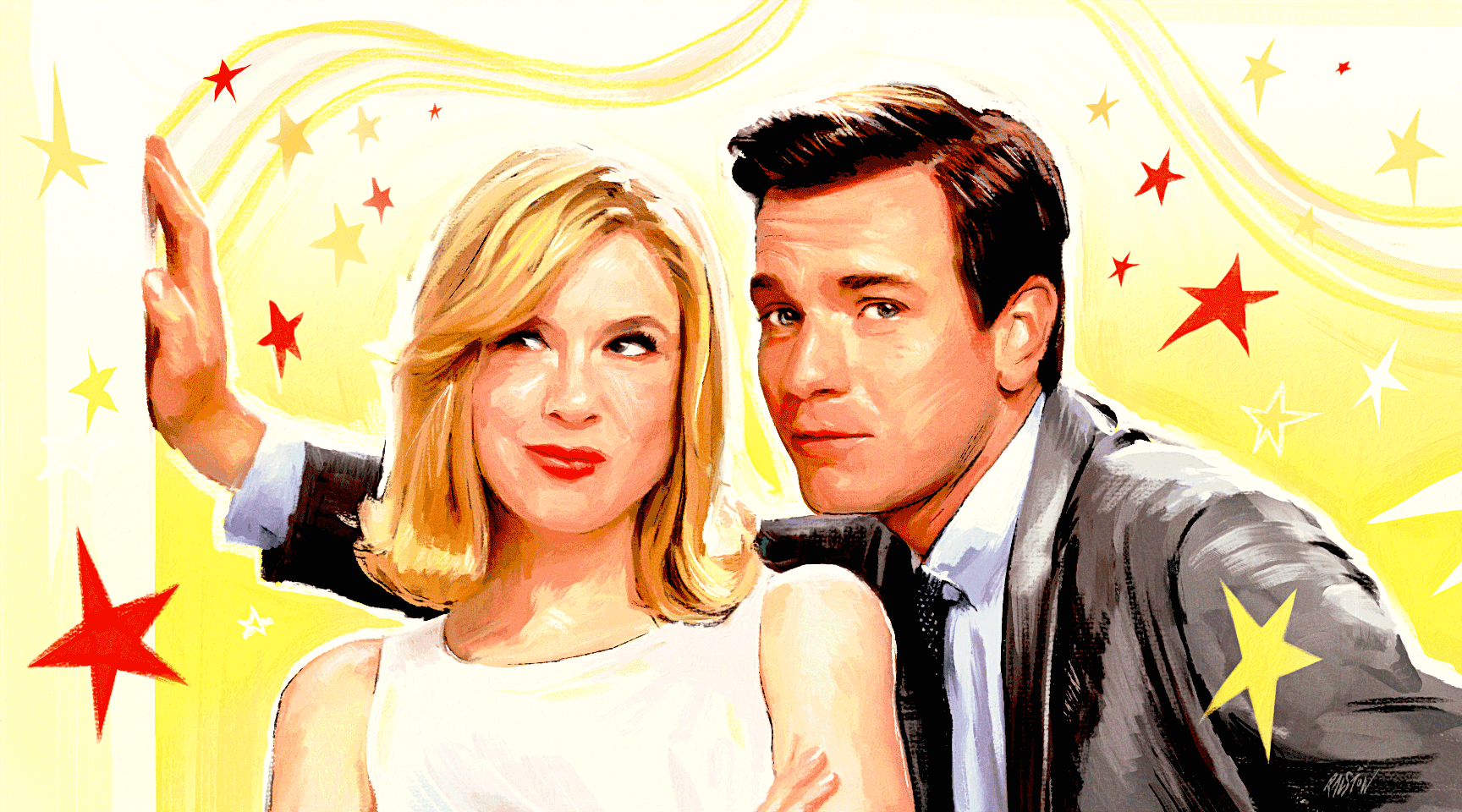
Bright Wall/Dark Room February 2022: A Down with Love Girl, Level Three! by Merritt Mecham
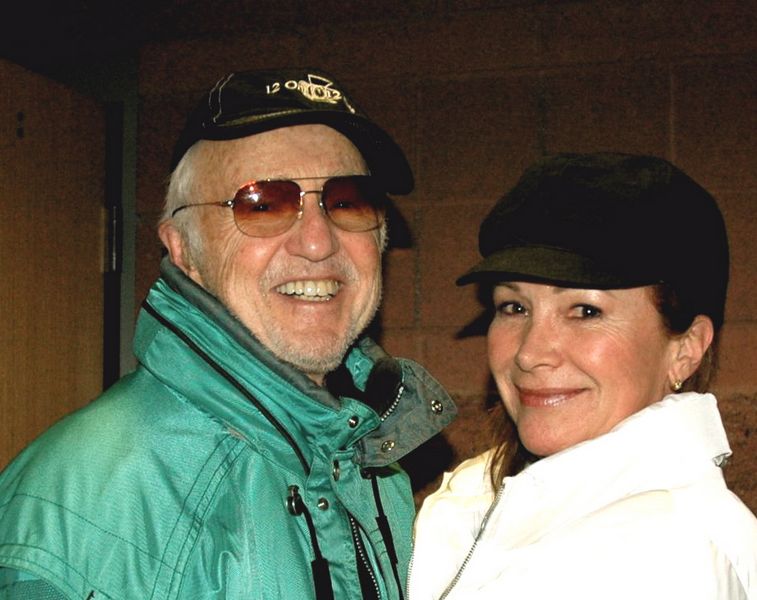
Happy 100th Birthday to Haskell Wexler!
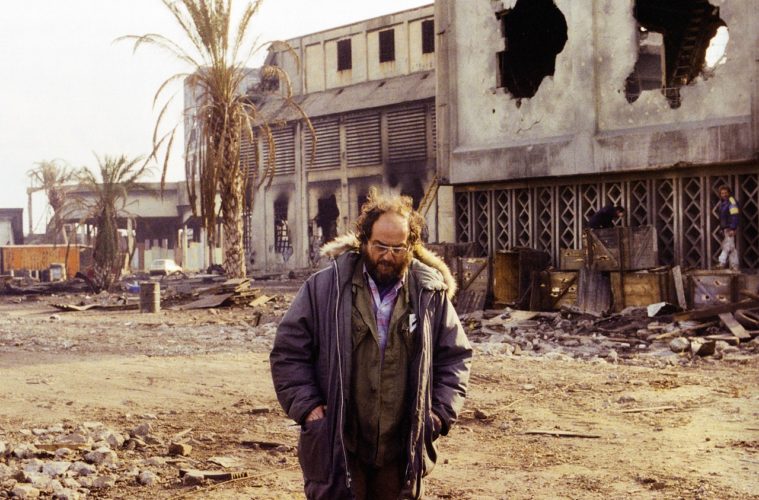
Gregory Nava on Working with Stanley Kubrick
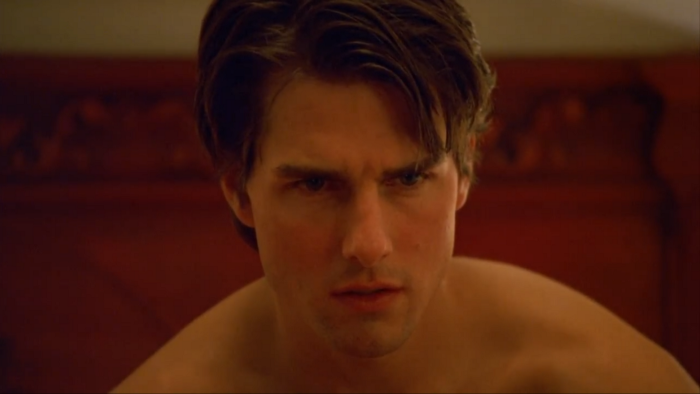
The Joke’s On Him: Tom Cruise and Eyes Wide Shut
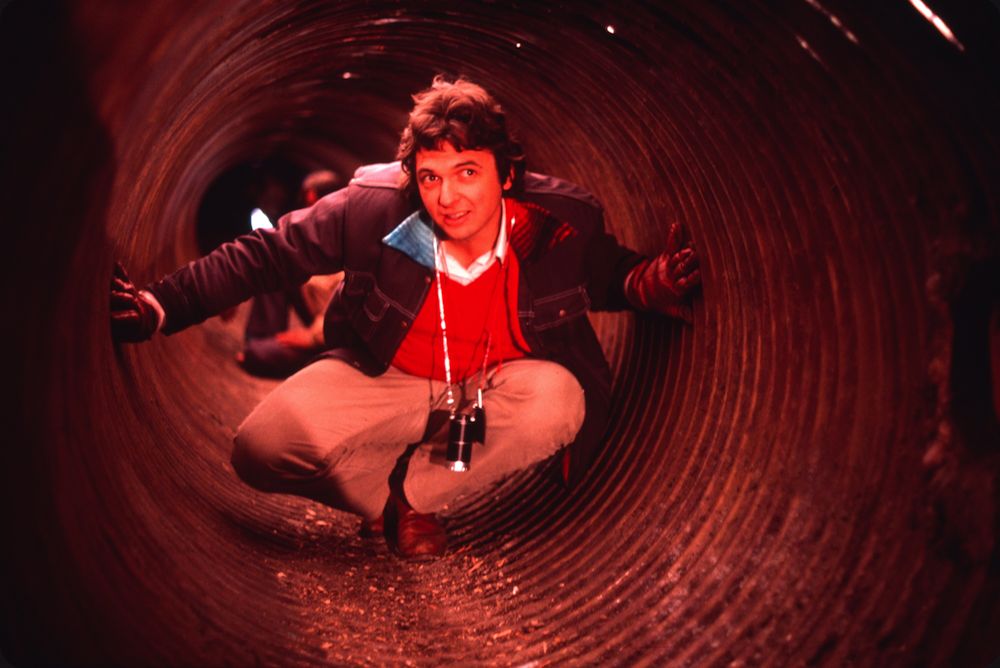
We Are a Nation of Immigrants: Gregory Nava on His Masterpiece, El Norte
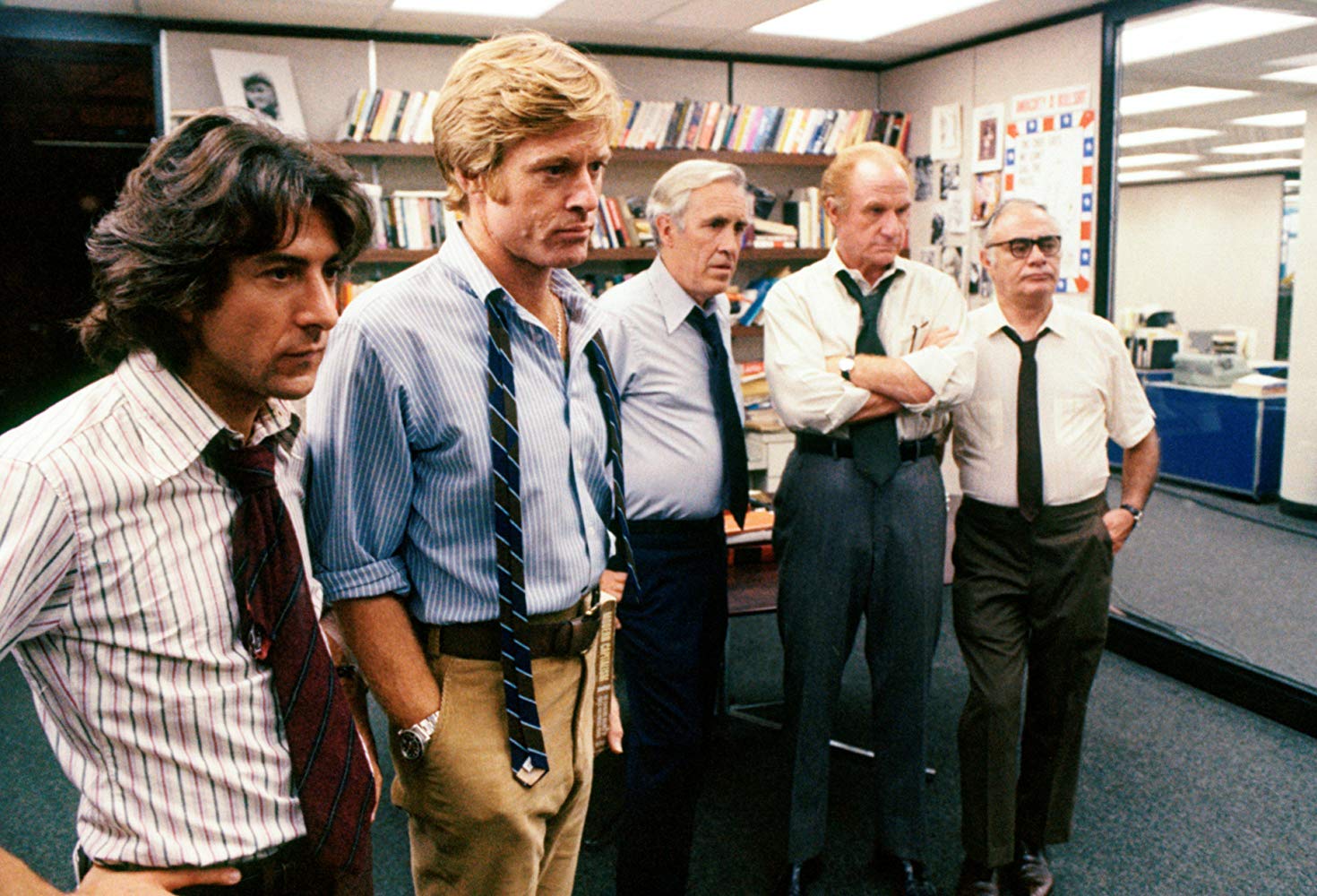
The Best Current Source for Streaming Classic Movies is … Amazon Prime?
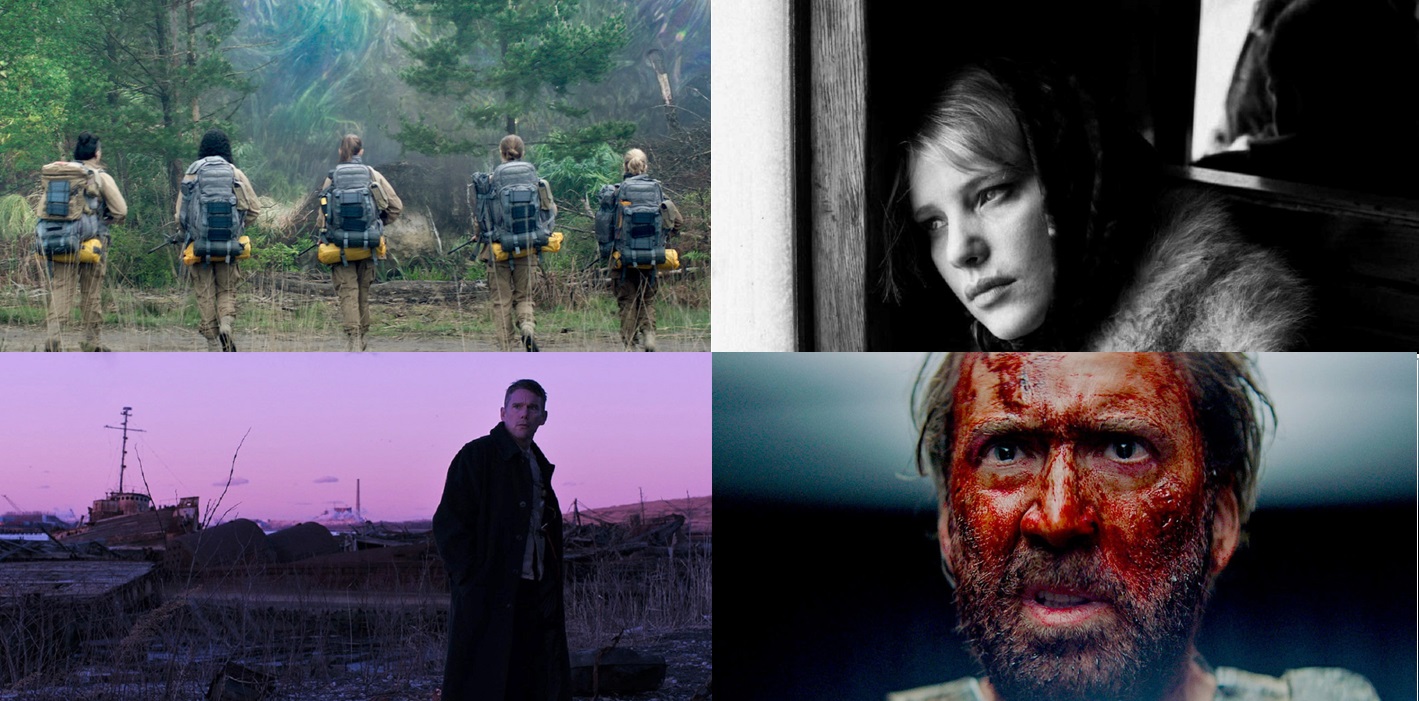
Peter Sobczynski’s Top Ten Films of 2018
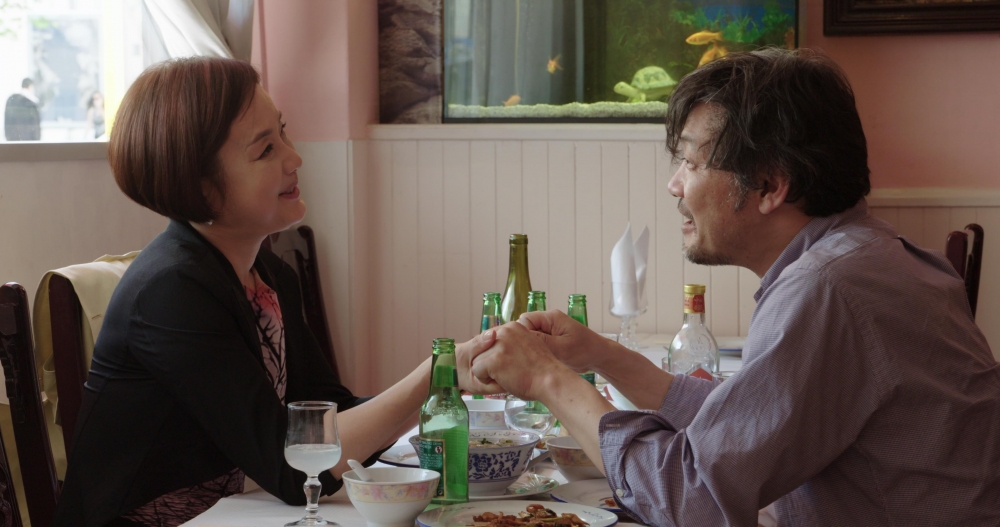
Cannes 2017: “Claire’s Camera,” “Filmworker,” “Unforgiven”
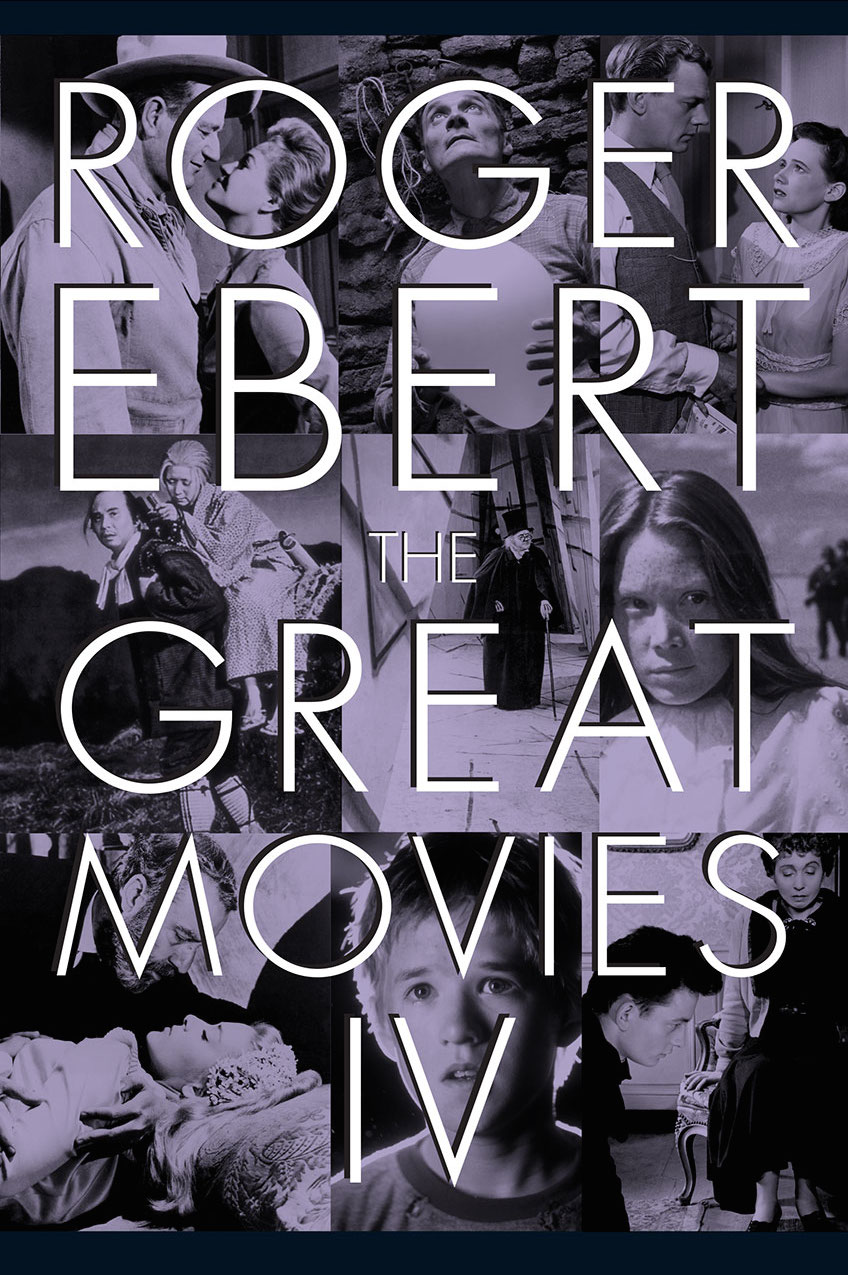
Exclusive: Roger Ebert’s “The Great Movies IV” In Print For the First Time

Who’s Who In Reviews: Susan Wloszczyna
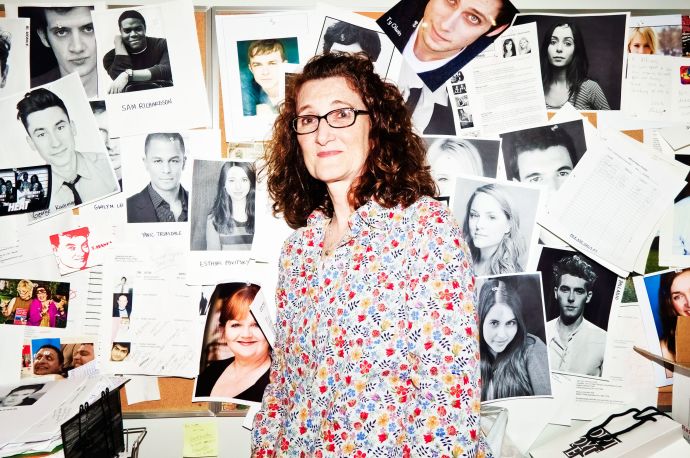
Thumbnails 4/6/15
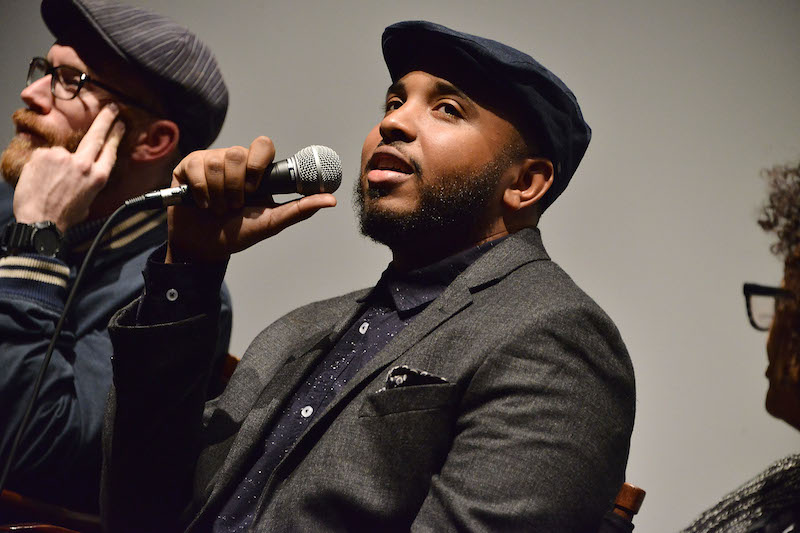
Film Independent: Justin Simien
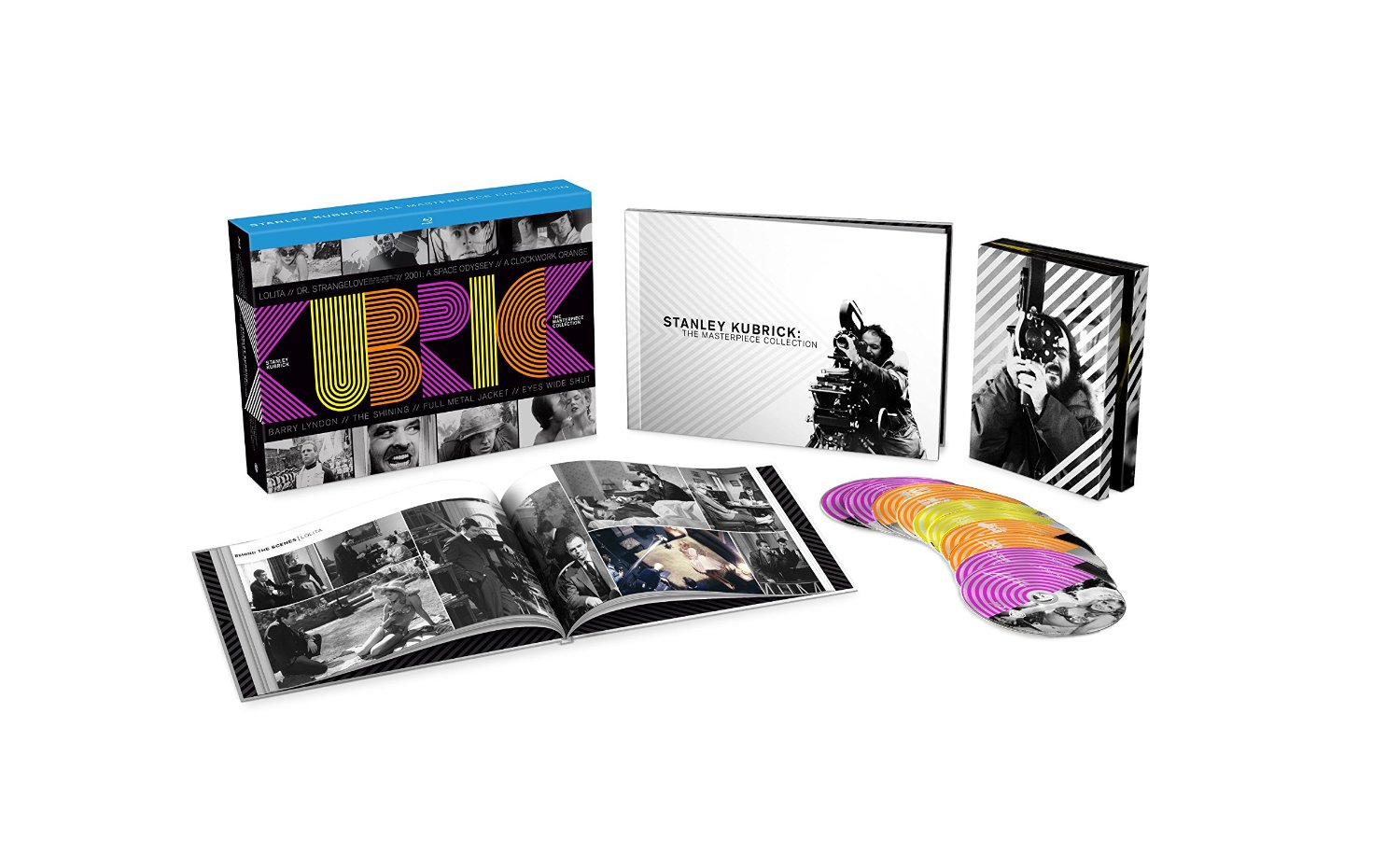
Foreground Material: “Stanley Kubrick: The Masterpiece Collection”
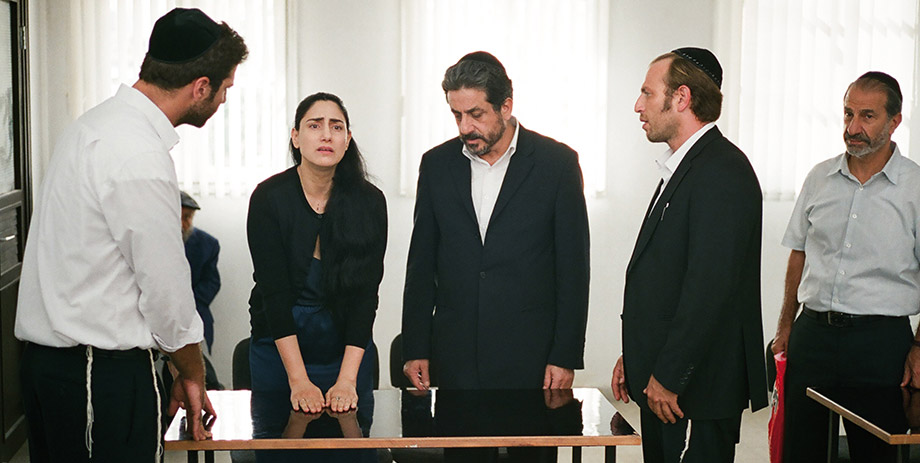
CIFF 2014: Pair of Potential Oscar Candidates in “Gett,” “Beloved Sisters”
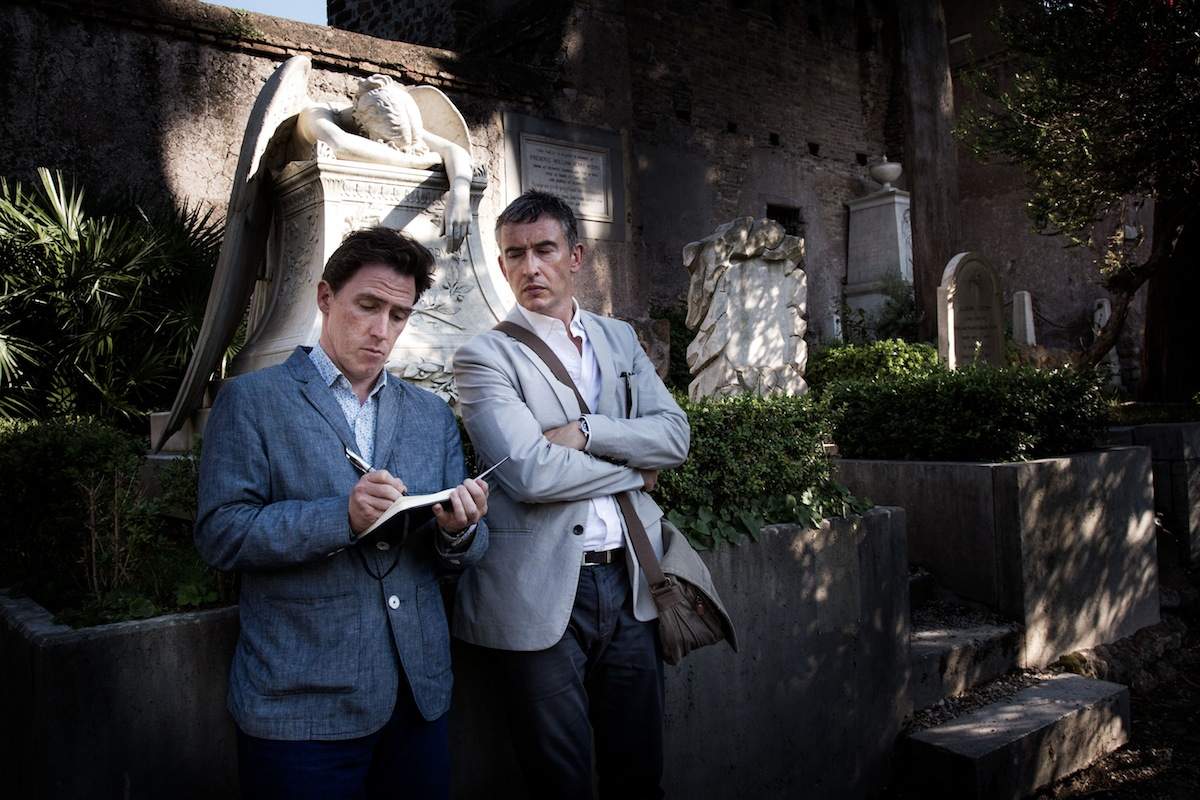
Sundance Report: “The Trip to Italy” and “The Raid 2”

Meet the Writers: Susan Wloszczyna
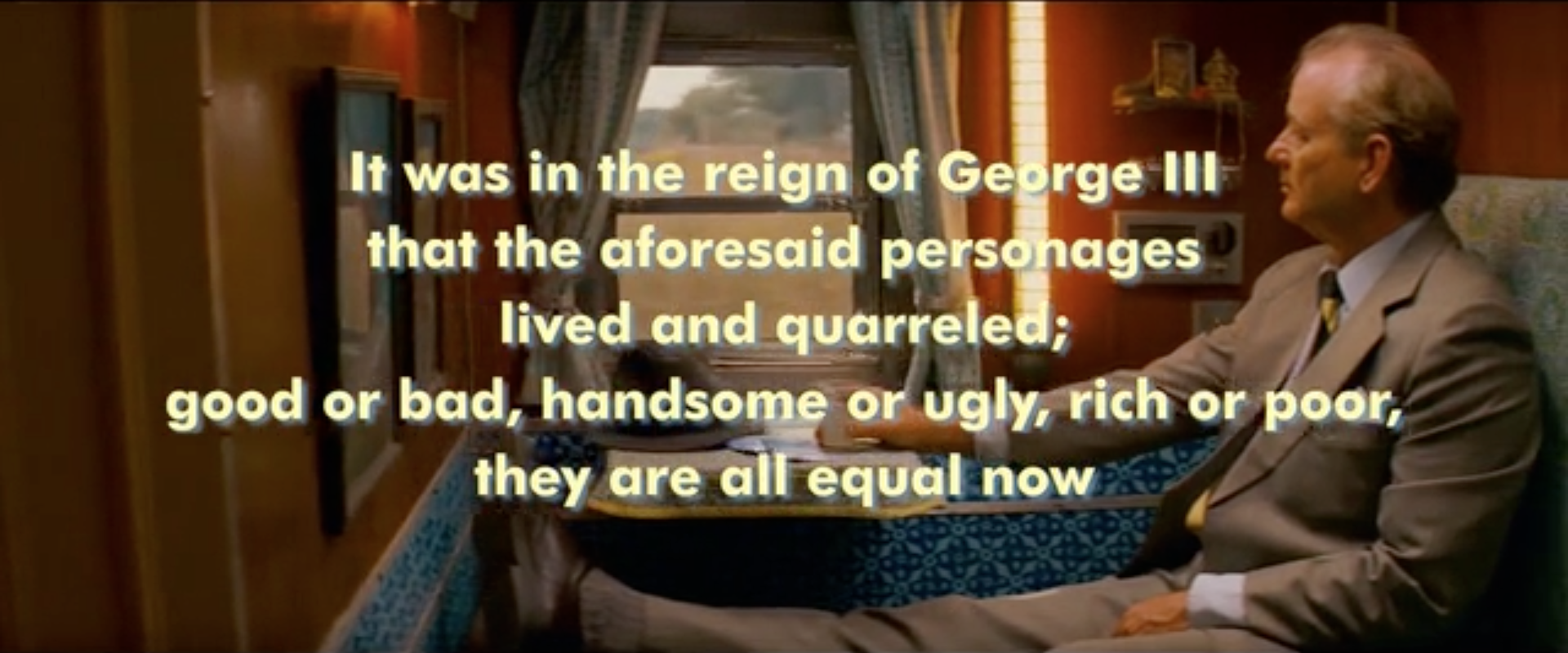
The Wes Anderson Collection, Chapter 5: “The Darjeeling Limited”

Thumbnails 8/19/2013
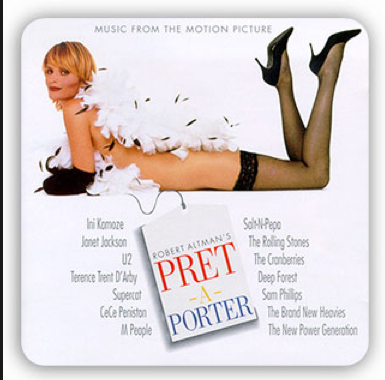
Black designers show the French a thing or deux

This filmmaker ranks with Welles and Tarkovsky
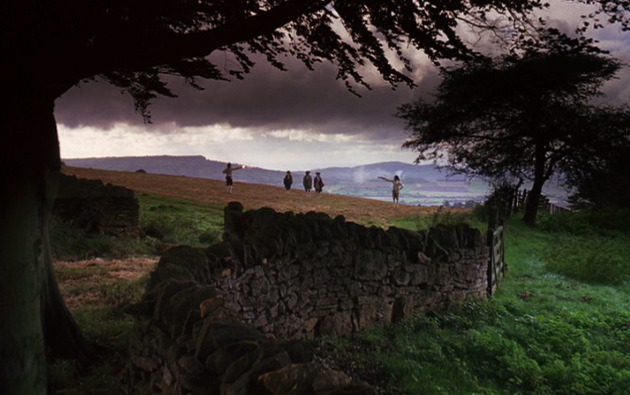
Movies 101: Opening Shots Project

Avatar plunges into the Uncanny Unimaginative Valley

The Favoritest Movies (or Everybody Loves Lieblingsfilme)

No Country For Old Men: Out in all that dark

Stanley Kubrick hates you
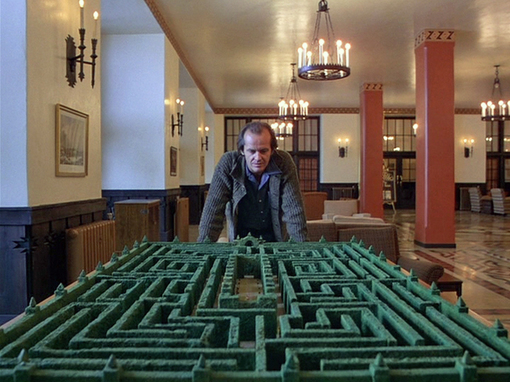
Viewer’s guide: The keycard to Room 237?!
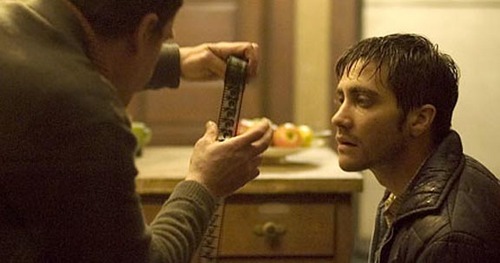
Nothing is real(ism), and nothing to get hung about
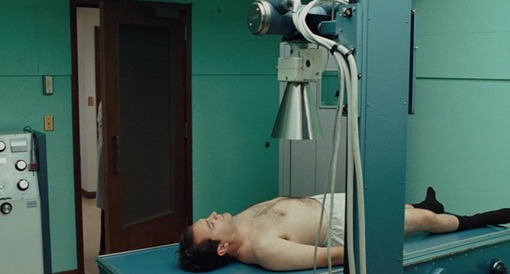
A screenwriter and a neuroscientist on randomness, God and A Serious Man
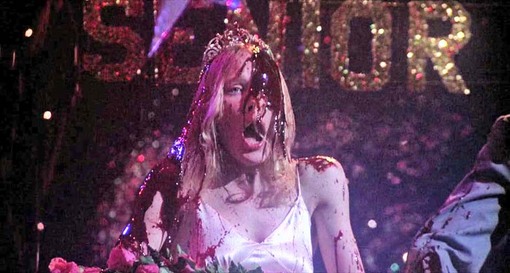
The great movies (almost) nobody voted for
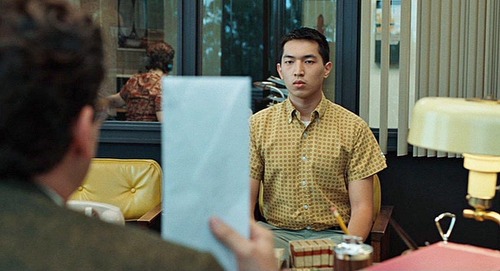
And the Muriel™ for the Oscar™ for Best Picture goes to…

Tell me a story, Act II: Acts

Compatibility and taste: Bad sneakers and a piña colada, my friend
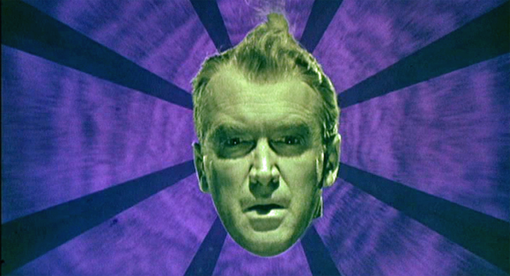
The best greatest movies ever list
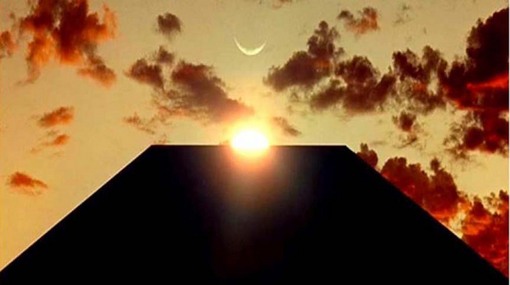
Life in movies (and vice versa)
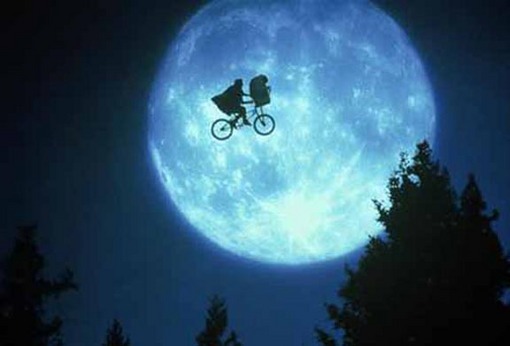
Where I’m coming from…

The greatest movies ever made

Stanley Kubrick 1928-1998
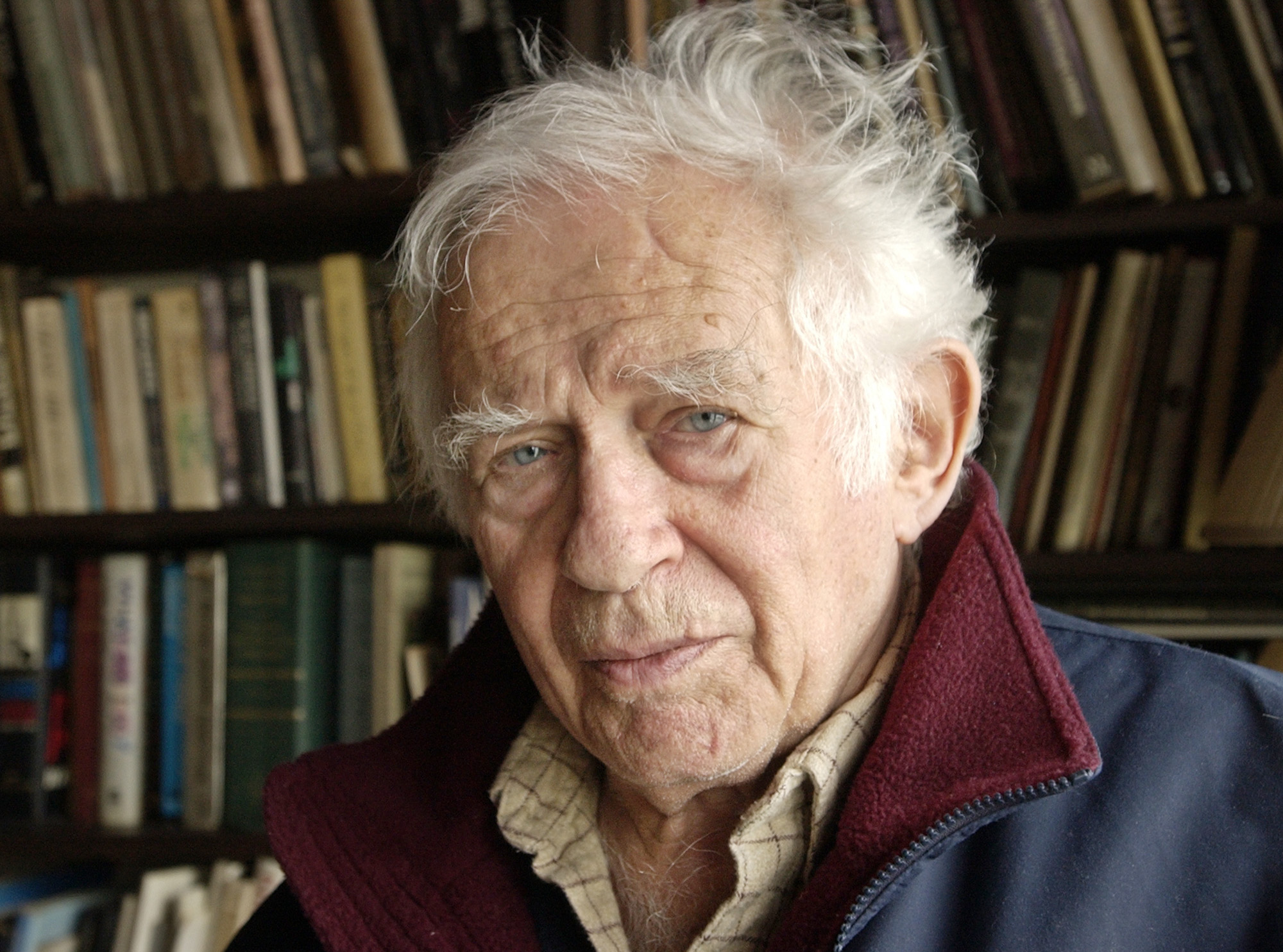
Norman Mailer: Tough guy directs


